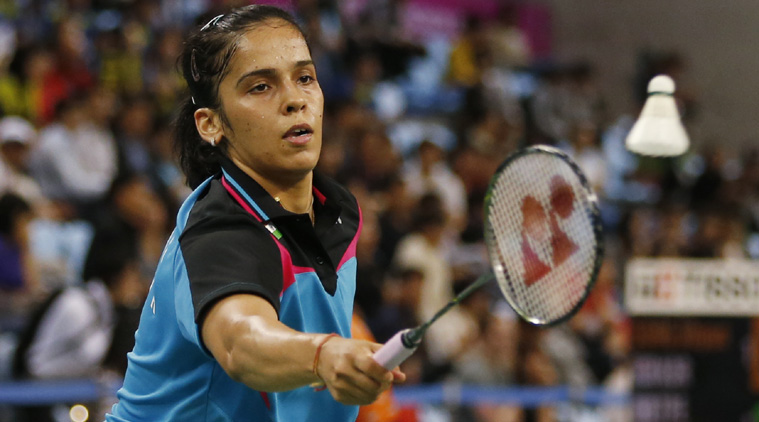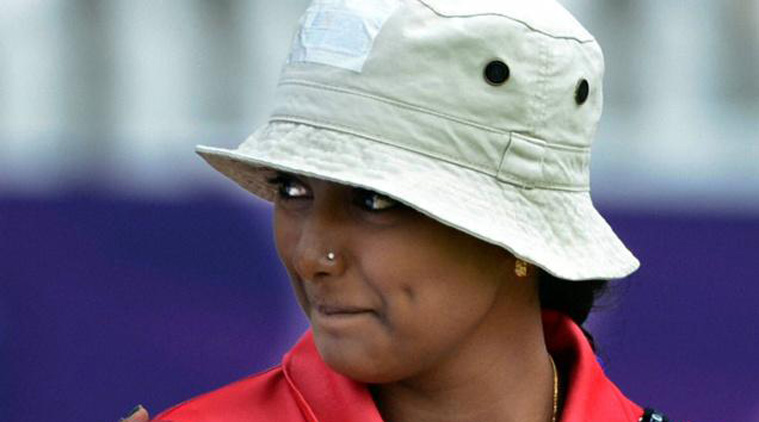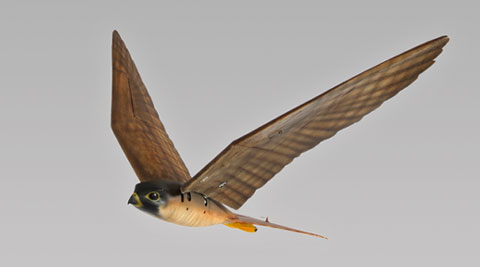NEW DELHI: The capital is set for a colourful and lively Navratri with garbas, dhoklas and traditional Gujarati dresses expected to dominate the festivities in the first year of Narendra Modi's rule.
Gujarati organisers of Navratri festivals in Delhi expect high footfall of revellers and audience to watch the traditional garba dance and dandiya performances and to feast on Gujarati delicacies such as khaman, dhokla, khakhra and fafda as curiosity about Gujarati culture has increased significantly after Modi became the prime minister.
 |
| Photo by India times |
"It's a proud moment for Gujaratis," said Mohit Parikh, president of Shree Delhi Gujarati Samaj, which organises Navratri celebrations at Delhi's Civil Lines. "Definitely, there will be an increased participation this year and we should have anywhere between 600 and 1,000 people every day to participate in the garba and dandiya," he said.
There will be more than 22 places, including Dwarka, Gujarat Vihar, Kirti Nagar, Civil Lines, Jehangirpuri and Paschim Vihar, where Delhiites can celebrate Navratri the Gujarati way.
Some of the organisers have allocated space for sellers of traditional Gujarati dresses and jewellery for garba, which is traditionally performed during Navratri to honour goddess Durga.
Jagdip Rana, president of Gujarat Education Society that runs Sardar Patel Vidyalaya and organises a month-long training workshop for garba and dandiya, said interest amongst non-Gujarati people to learn traditional Guajarati folk dance is on the rise. "This year we had 500 people who came in the workshop to learn Gujarati dance compared to 300 a year ago," he said.
Rana and Parikh are among organisers who have invited Modi, the first prime minister from Gujarat in 35 years, to visit their event. "We want to felicitate Modi since he became Prime Minister and Navratri is the right occasion for the same," Parikh said.
But, with the prime minister away in the US in the first half of the nine-day festival, BJP president Amit Shah, Union HRD minister Smriti Irani and other BJP leaders have been invited for 'aarti' by many organisers.
Organisers said they have been getting calls from general public and expats for passes and short training classes for dances. "This year the phone calls have not stopped since we printed the invite. Daily over 1,500 people can participate in the festivities," said Neeraj Sheth, general secretary at Gujarat Vihar in East Delhi.
Among garba organisers in the capital is Congress leader Sandeep Dikshit whose wife Mona hails from Gujarat. They will organise a two-day festival at Pandara Road on September 26 and 27 along with the Gujarat Education Society. "This is one festival which cuts across caste, class and creed and you are like one big family on the ground," said Mona Dikshit.
It is for the first time that Garba is expected to attract revellers in large numbers in the capital where the Gujarati population is about 1.25 lakh. But the crowd here will be nothing in comparison to some venues in Gujarat where over 35,000 revellers dancing before audience of more than 70,000.
Industrial houses like Reliance, Essar, Adani and Torrent formed Gujarat Industries Navratri Festival Society (GINFS) to organise Gujarat's largest garba shows that Modi used to inaugurate every year. This year, Chief Minister Anandiben Patel will do the honour.
By India times















